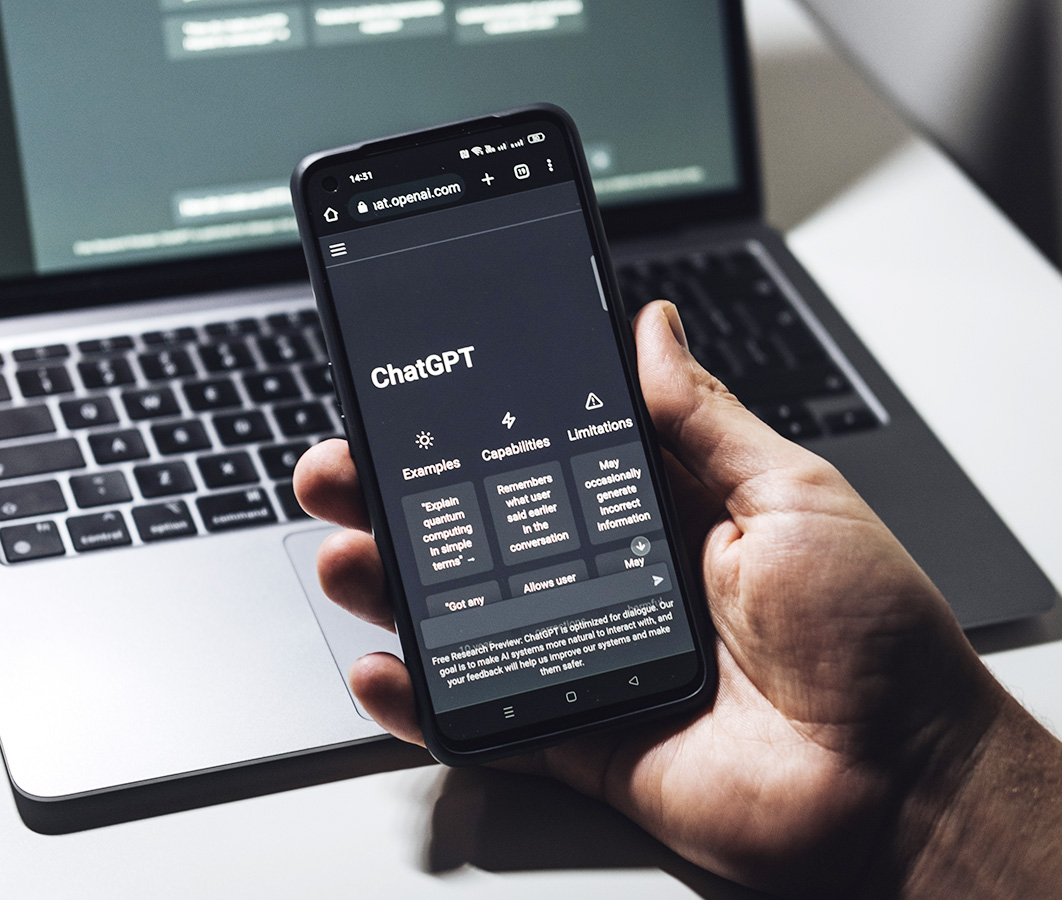It is quite possible that 2023 will be “the year of artificial intelligence.” It seems impossible to scan the news without encountering an article either extolling the advantages generative artificial intelligence models or raising concerns about its misuse. Generative artificial intelligence will streamline workflows, automate repetitive tasks, develop new products and services, perform language translation, and create content (including program code). On the other hand, generative artificial intelligence will also automate jobs, displace workers, turbocharge the creation of fake news, deepfakes, and other forms of online misrepresentation and intensify ethical concerns related to the use of artificial intelligence in general, such as the potential for bias, discrimination, and infringement of privacy and intellectual property rights. ChatGPT, the most well-known of these models, was developed by OpenAI, a nonprofit artificial intelligence research company, founded in 2015 with the goal of promoting and developing friendly AI in a way that benefits humanity as a whole. The OpenAI platform is designed to help individuals and businesses leverage the power of machine learning, natural language processing, and deep learning to enhance their processes and operations. Although ChatGPT is the most well-known product from OpenAI, OpenAI has developed other products: DALL*E2 creates images and art from a text description; and Whisper transcribes speech into text and can also translate between languages.
ChatGPT, like most generative artificial intelligence models, works by using advanced machine learning algorithms to generate human-like responses to text-based inputs. ChatGPT is based on the GPT (Generative Pre-trained Transformer) architecture and has been trained on a diverse range of internet text, i.e., large amounts of text data have been fed into the neural network, which has learned to recognize patterns and relationships between words and phrases in the data. This training allows ChatGPT to respond to a wide variety of questions and prompts similar in tone and content to the input it receives. When a user provides a prompt to ChatGPT, the model processes the text using its trained neural network and generates a response based on the input. The response is then sent back to the user, and the process repeats for each subsequent prompt.


 Screen with ChatGPT chat with AI or artificial intelligence. AdobeStock image
Screen with ChatGPT chat with AI or artificial intelligence. AdobeStock image




